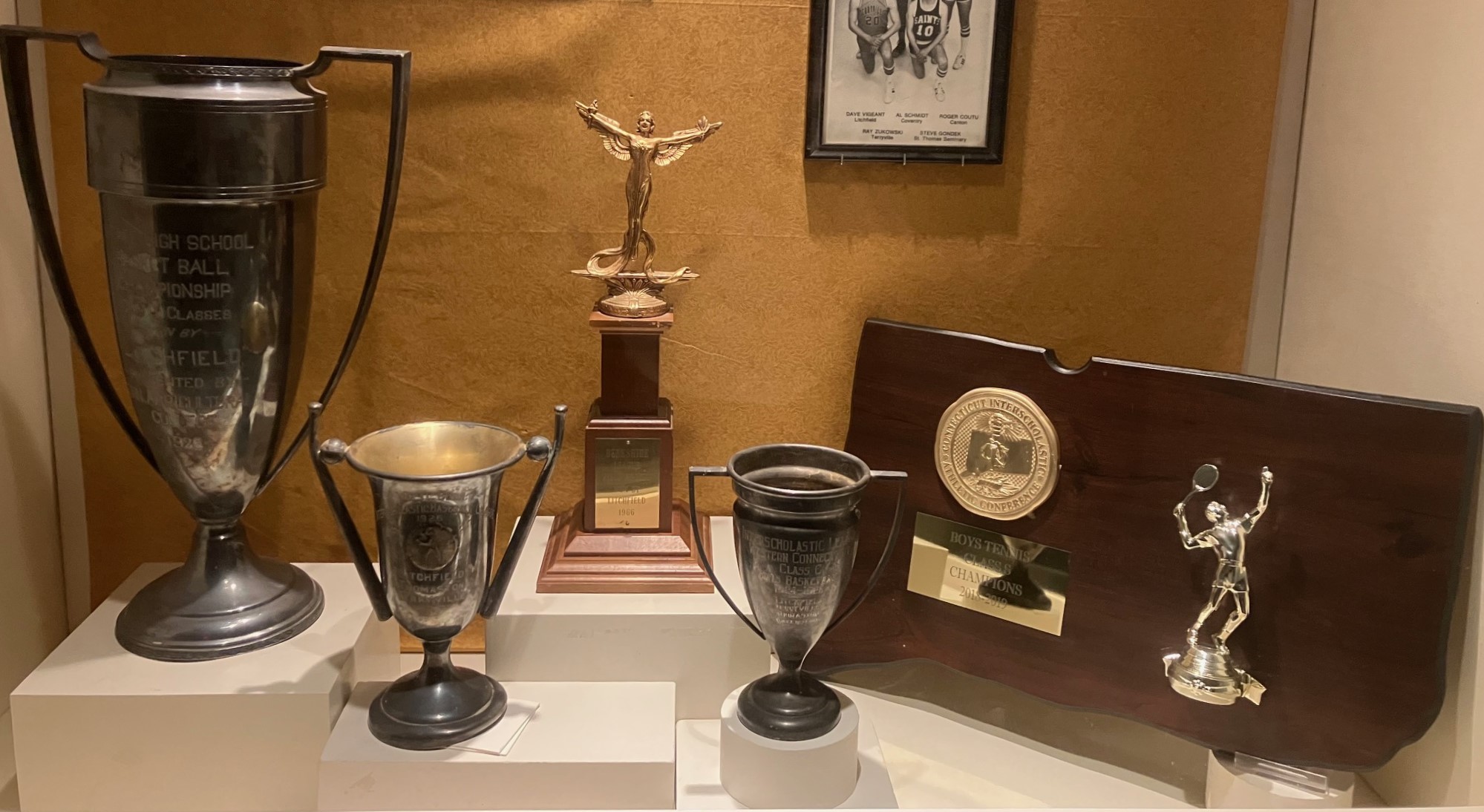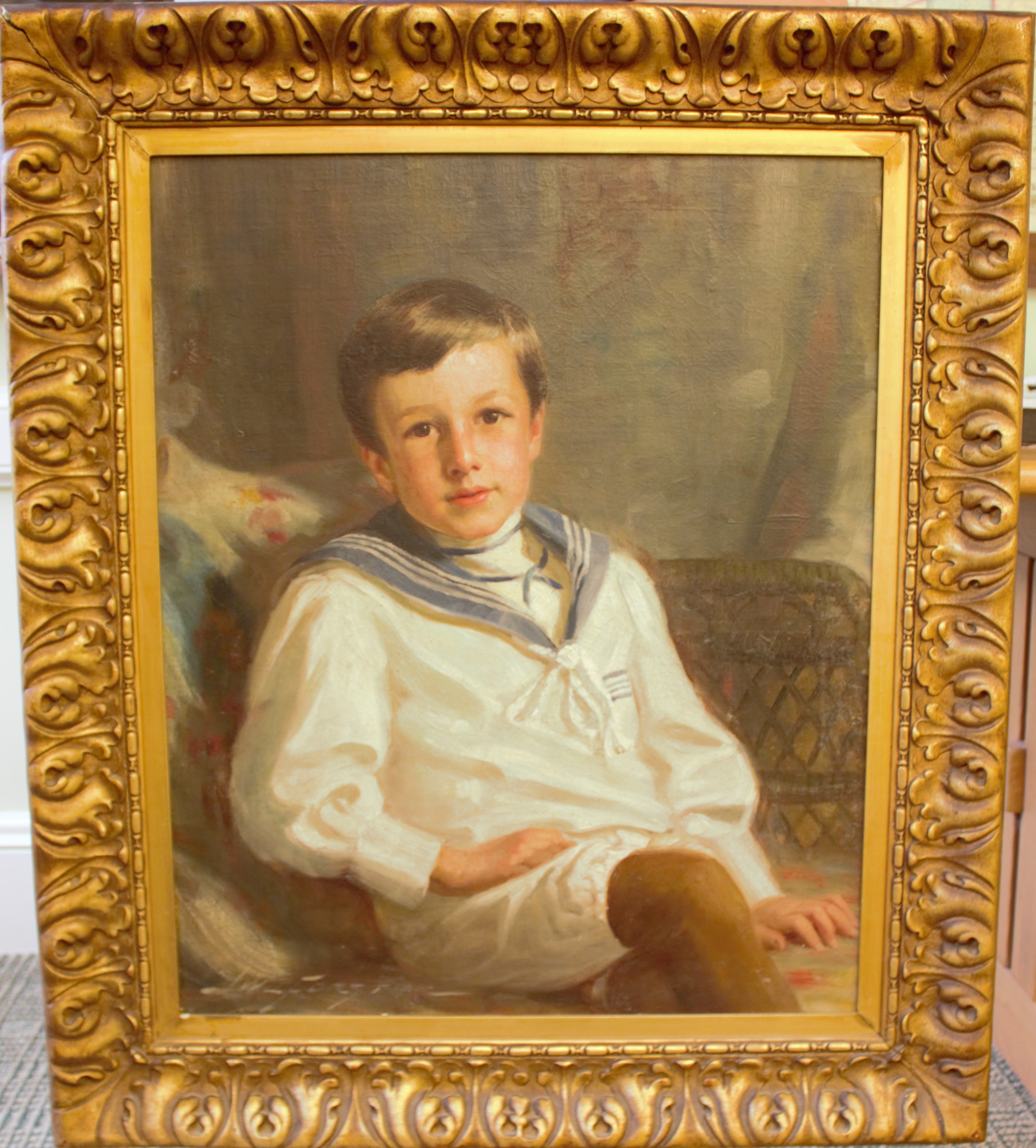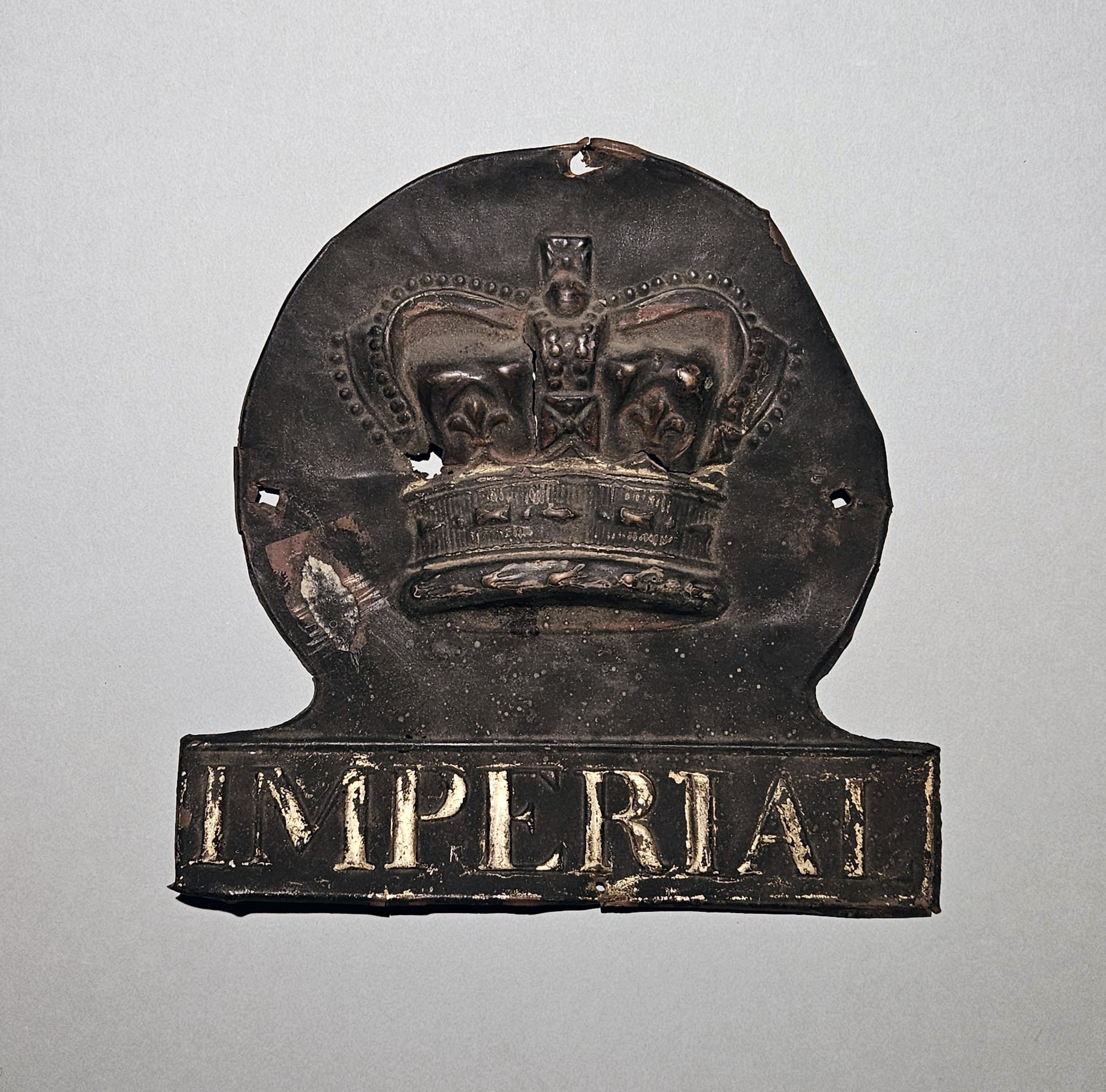By Cecelia Hooper, Intern
The recent merging of Litchfield Public Schools and Region 6 into Region 20 has given the Litchfield Historical Society the opportunity to ensure the old district’s memory will be preserved for future generations. A generous donation by the new region of office records, sports paraphernalia, and other academic items of no longer existing schools reveal the workings of an older scholastic administration and give insight into the lives of students over the past century.

Donated student handbooks from Litchfield High School dating from the 1964-65 school year up to 1989-90 included school policies, club descriptions, possible awards, sport schedules, and the school song. Information was added and removed over the years, such as course descriptions and Title IX. Trophies show wins in baseball, basketball, and tennis, along with the names of the winning team. The trophies and sports jerseys are currently on display in the Liggett Gallery.
Continue reading


![1847 Litchfield CT stampless folded letter red CDS and 5 rate [H.3508] - Picture 1 of 3](https://i.ebayimg.com/images/g/DHIAAOSwSGJk7~gL/s-l1600.jpg)